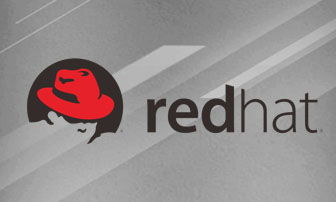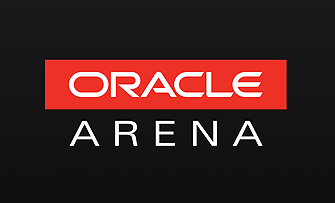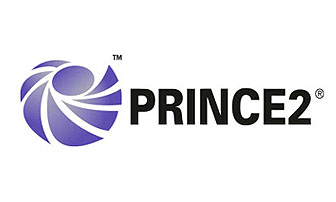VeriSM PLUS認證培訓
課程大綱
認證須知
開課計劃
學習QQ群
常見問題
課程介紹:
每個組織都是當今市場的服務提供者。甚至銷售產品的組織也需要給他們增加服務水平。銀行業、保險業、公務員,還有許多網上商店,實體商店,服務是組織的顯著特征。我們如何最好地管理我們的服務,讓我們的消費者滿意?
近年來,不同的服務管理實踐出現了爆炸式的變化,使各組織對最好的前進道路感到困惑。VeriSM?將根據你預期的業務成果幫助你創建一個靈活的經營模式。VeriSM?描述組織如何確定其服務管理的原則,然后結合正在使用的最佳管理實踐實現價值。
基于 VeriSM模型,你能夠了解,組織如何以靈活的方式采用一系列管理實踐,如ITIL, 敏捷,精益,DevOps等,從而在正確的時間向消費者提供正確的產品或服務。
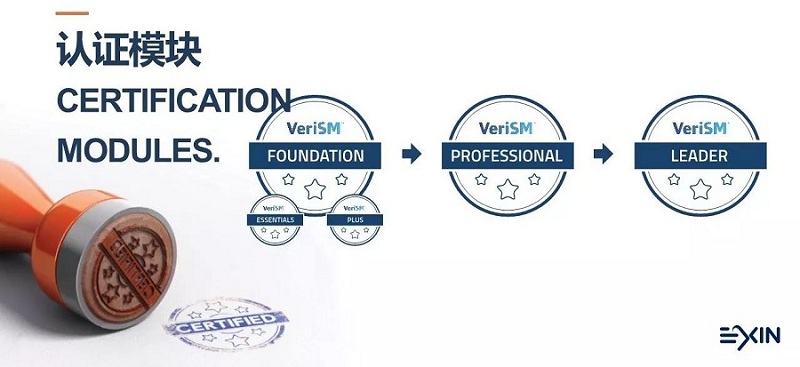
培訓對象:
企業的職能部門經理
服務人員及服務管理人員
企業高級管理人員
IT 從業者
大學應屆生(他們需要了解企業服務管理的原則)
服務外包人員
VeriSM 闡述的服務管理方法:
Value-driven 價值驅動
Evolving 持續演進
Responsive 及時響應
Integrated 協調整合
Service 服務
Management 管理
VeriSM 模型的獨特之處在于管理網格(managementmesh)。這提供了一種靈活的方法,可以根據特定產品或服務的要求進行調整或剪裁。
管理網格包括:
Resources 資源
Environment 環境
Emergingtechnologies 新興技術
Managementpractices 管理實踐
對于任何一個服務或產品而言,上述方面都將被考慮到,并在必要時,對管理網格進行變通。
課程大綱:
1.The Service Organization
1.1 Digital transformation
1.1.1 Define the impact of technology changes on organizations
1.1.2 Describe the impact of digital transformation on service management.
2. People and organizational structure
2.1 Organization structure
2.1.1 Define the differences between a leader and a manager.
2.1.2 Explain the competencies of the service management professional.
2.1.3 List the elements of a well-functioning team
3. The VeriSM model
3.1 The VeriSM model
3.1.1 Define the elements of the VeriSM model.
3.1.2 Explain how VeriSM re-defines service management.
3.1.3 Explain how VeriSM uses the management mesh to create and support services.
3.1.4 Explain the elements within each of the four stages of the VeriSM Model:
Define
Produce
Provide
Respond
3.2 dapting the VeriSM model
3.2.1 Define the process of selecting and integrating management practices.
3.2.2 Explain the characteristics of successful operating models.
4. Progressive practices
4.1 Indicate the success factors for adopting progressive management practices.
4.2 Clarify the key concepts and when to apply Agile, DevOps, SIAM, Lean as a management practice.
4.3 Define the importance of considering Shift Left, Customer Experience/User Experience, Continuous Delivery practices in service delivery.
5. Innovative technologies
5.1 Summarize the implications of technology on service management.
5.2 Explain the benefits of cloud, virtualization, and automation.
5.3 Explain the impact of big data, internet of things, mobile computing, bring your own device on service management.
5.4 Define serverless computing, artificial intelligence, Robotic Process Automation (RPA), Machine Learning, and containerization in relation to service delivery.
6. Getting started
6.1 Identify steps to initiate an improvement program based on VeriSM.
6.2 Differentiate between reactive and proactive operations.
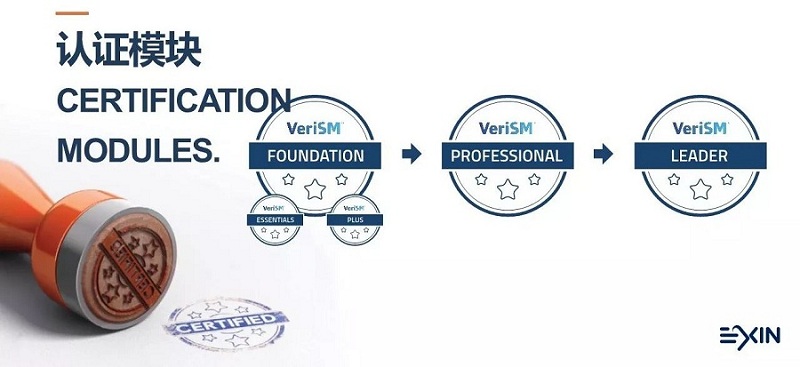
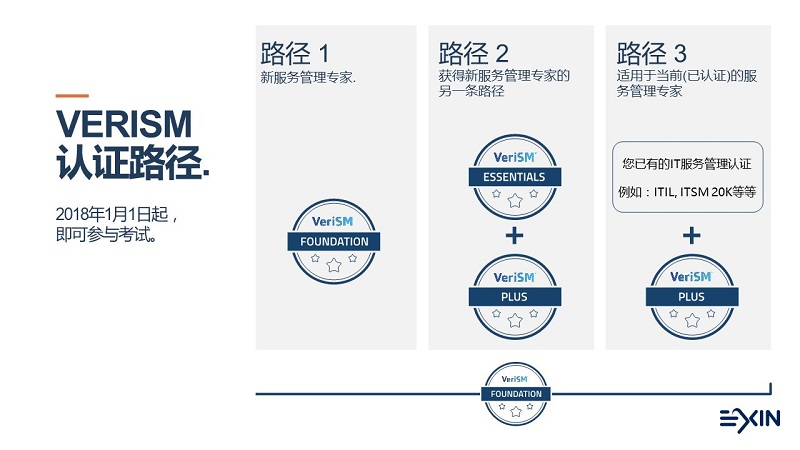
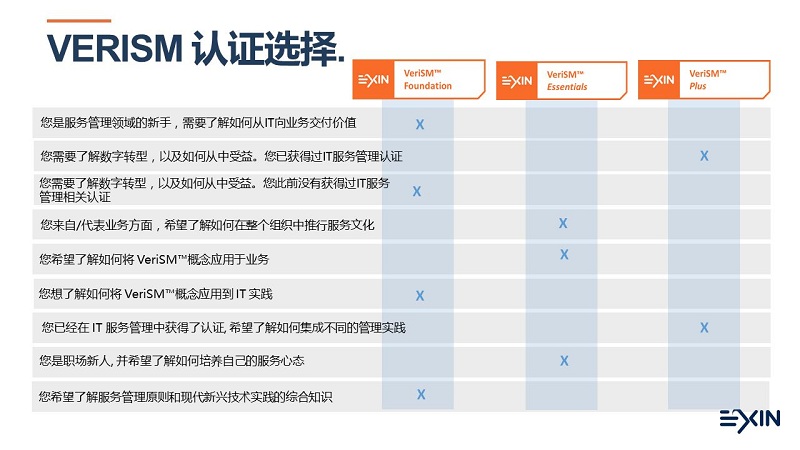
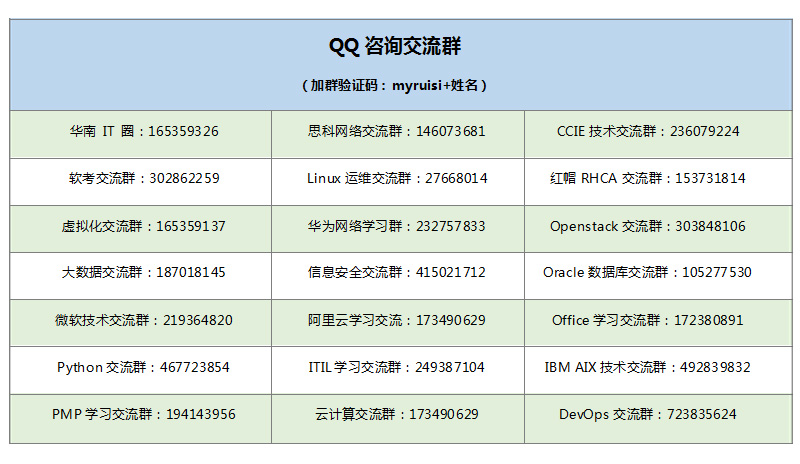



 77869288
77869288






















